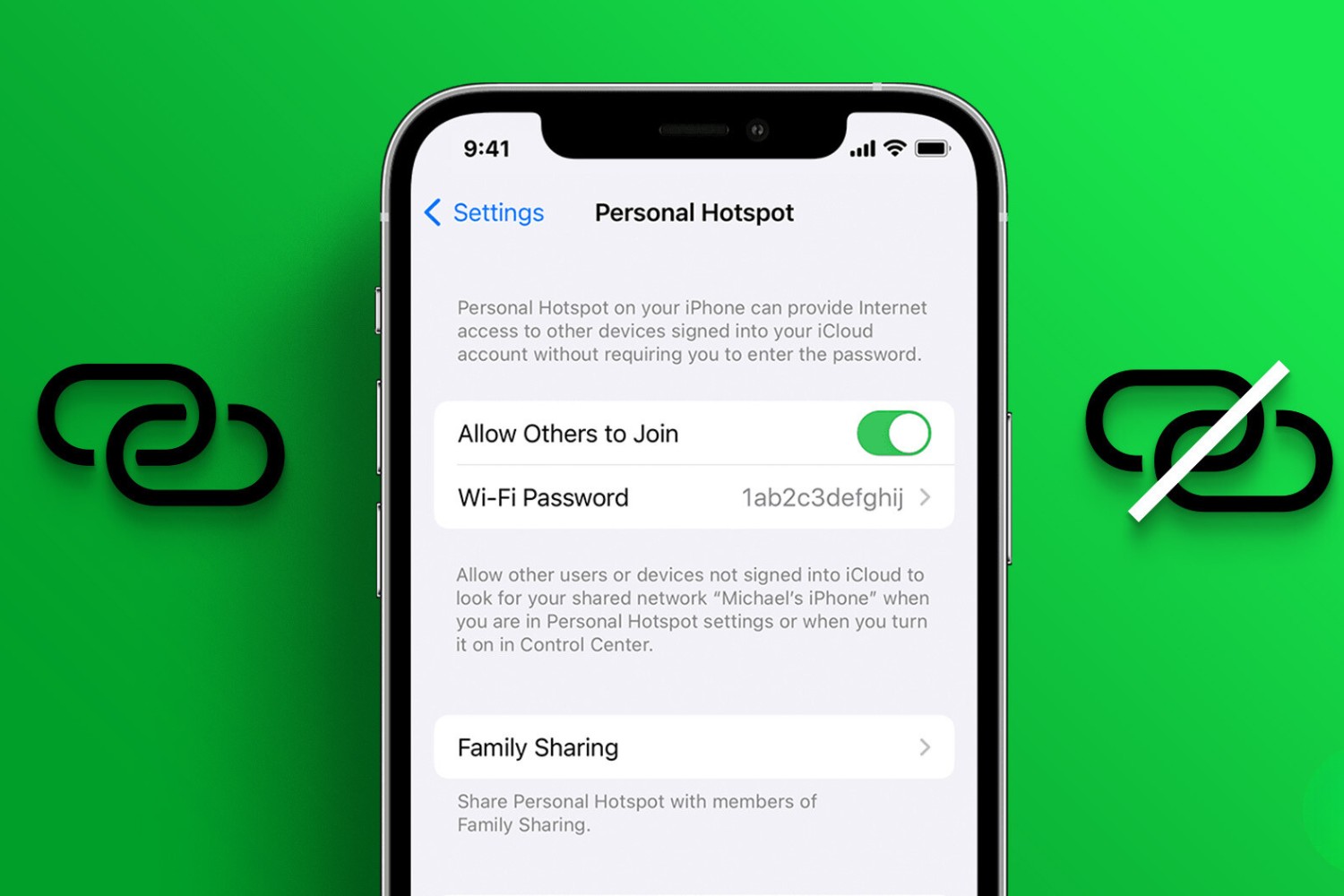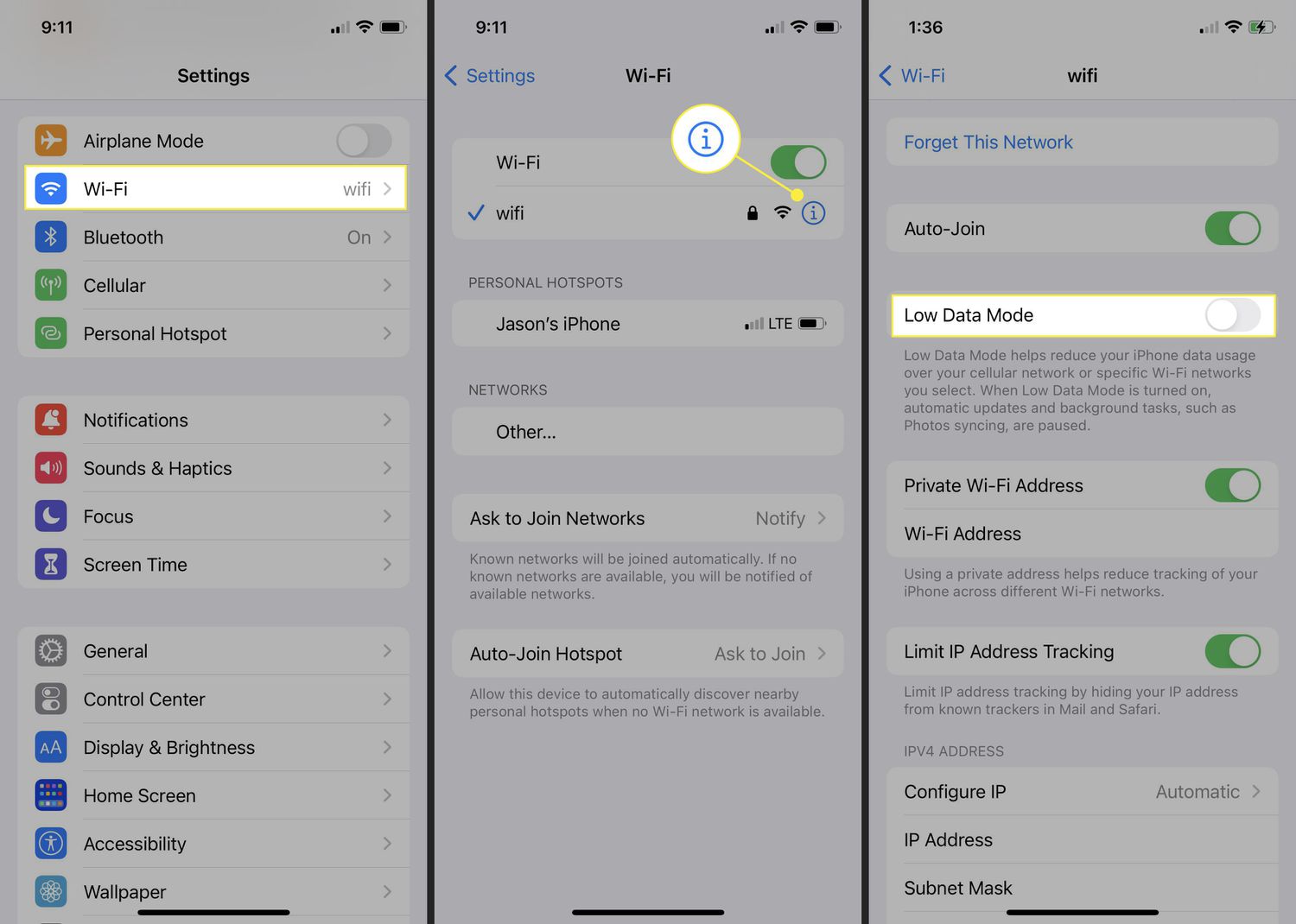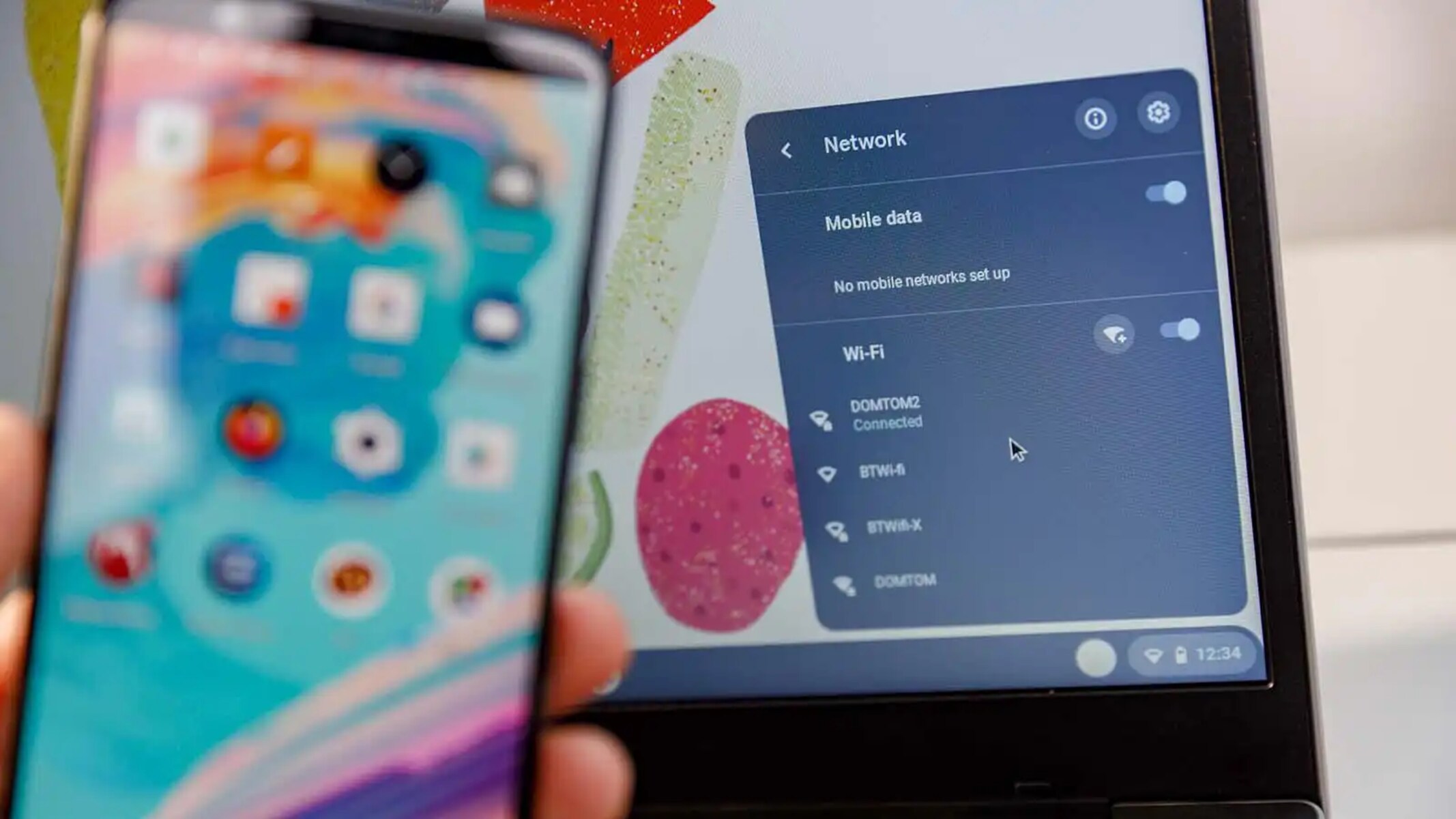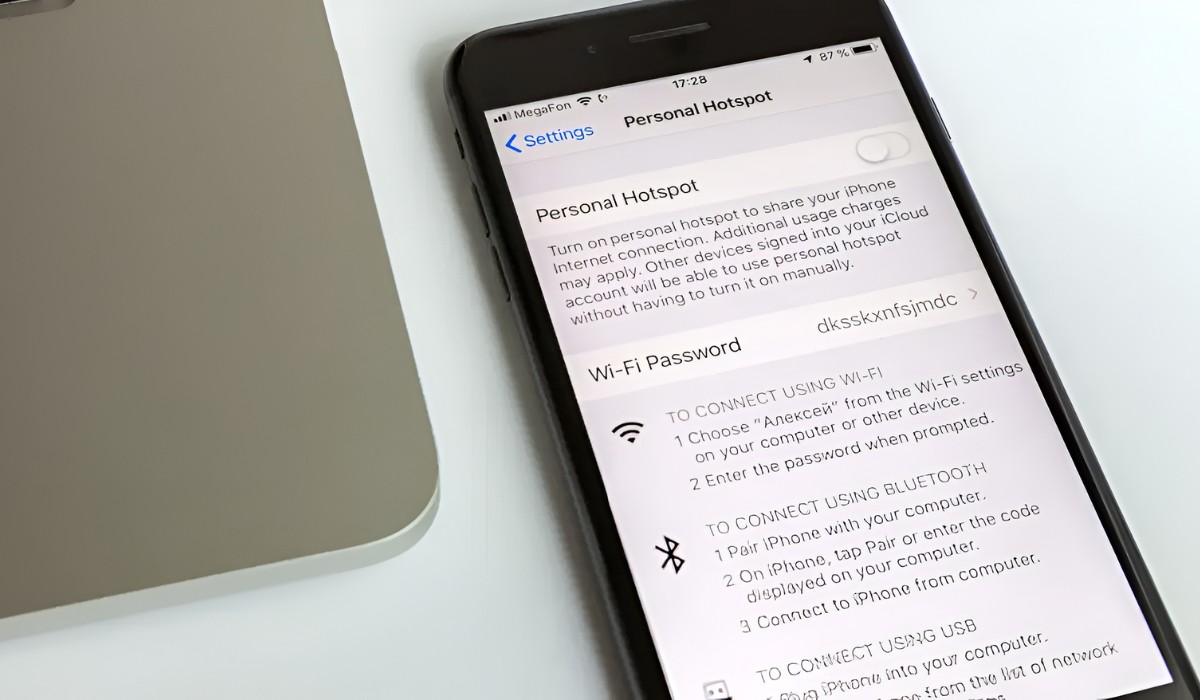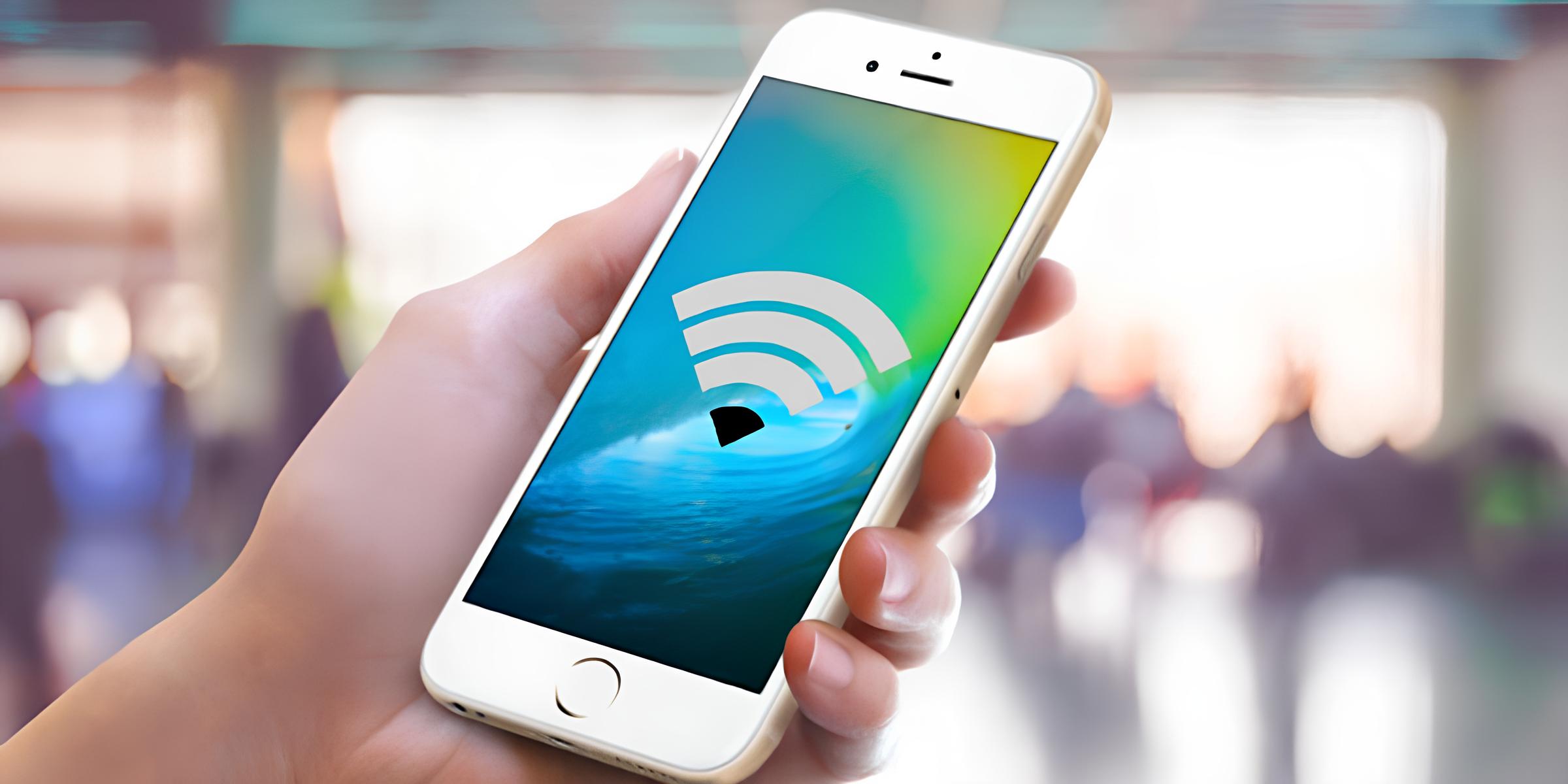Introduction
Mobile hotspots have become an integral part of our connected world, providing a convenient way to access the internet on the go. Whether you're traveling, working remotely, or simply facing connectivity issues, a mobile hotspot can be a lifesaver. However, there are instances when you may need to disable your mobile hotspot, either to conserve battery life, restrict access, or address security concerns. In this comprehensive guide, we will delve into the reasons for disabling a mobile hotspot and provide step-by-step instructions for both Android and iOS devices.
Understanding the intricacies of mobile hotspots and knowing how to disable them is essential for anyone who relies on these portable internet connections. By gaining a deeper understanding of this technology and learning the methods for deactivating it, you can effectively manage your device's connectivity and ensure a seamless online experience. Whether you're a seasoned tech enthusiast or a casual user, this guide will equip you with the knowledge and skills to navigate the world of mobile hotspots with ease.
So, let's dive into the various aspects of mobile hotspots, explore the reasons why you might need to disable them, and walk through the simple yet crucial steps to turn off your mobile hotspot on both Android and iOS devices. By the end of this guide, you'll have a clear understanding of how to take control of your mobile hotspot, empowering you to make informed decisions about when and how to use this valuable feature.
Understanding Mobile Hotspot
A mobile hotspot, also known as a portable Wi-Fi hotspot, is a feature available on smartphones and other mobile devices that enables them to function as a wireless access point. This allows other devices, such as laptops, tablets, or other smartphones, to connect to the internet using the mobile device's cellular data connection. Essentially, a mobile hotspot acts as a bridge between the cellular network and other Wi-Fi-enabled devices, providing them with internet access even when traditional Wi-Fi networks are unavailable.
When a mobile hotspot is activated on a device, it broadcasts a Wi-Fi signal that can be detected by nearby devices. Once connected, these devices can access the internet through the mobile device's data connection, allowing users to stay connected while on the move. This functionality is particularly useful in situations where traditional Wi-Fi networks are inaccessible or unreliable, such as during travel or in remote locations.
Mobile hotspots have become increasingly popular due to their convenience and versatility. They offer a flexible solution for staying connected in various scenarios, including business trips, outdoor activities, and emergencies. By leveraging the cellular network, mobile hotspots provide a reliable means of accessing the internet, empowering users to stay productive and informed regardless of their location.
It's important to note that using a mobile hotspot consumes cellular data, which may be subject to data caps and additional charges depending on the user's mobile service plan. As such, it's essential to monitor data usage when utilizing a mobile hotspot to avoid exceeding data limits and incurring unexpected fees.
Understanding the functionality and implications of a mobile hotspot is crucial for maximizing its benefits while avoiding potential drawbacks. By grasping the concept of mobile hotspots and their impact on data usage, users can make informed decisions about when to enable or disable this feature based on their specific needs and circumstances.
Reasons for Disabling Mobile Hotspot
Disabling a mobile hotspot may become necessary for various reasons, each stemming from the need to manage connectivity, conserve resources, or address security concerns. Here are some compelling reasons why you might consider disabling your mobile hotspot:
-
Battery Conservation: Activating a mobile hotspot can significantly drain the device's battery, especially when multiple devices are connected and data-intensive activities, such as video streaming or large file downloads, are in progress. Disabling the hotspot when it's not actively being used can help conserve battery life and extend the device's runtime, particularly in situations where recharging may be limited.
-
Data Usage Control: Mobile hotspots consume cellular data, and excessive usage can lead to surpassing data caps, resulting in additional charges or reduced network speeds. By disabling the hotspot when it's not needed, users can effectively manage their data usage and avoid unexpected fees. This is particularly important for individuals with limited data plans or those seeking to optimize their data usage for cost-efficiency.
-
Privacy and Security: Leaving a mobile hotspot enabled when not in use can pose security risks, as it creates an open Wi-Fi network that may be susceptible to unauthorized access or potential security breaches. Disabling the hotspot when it's not actively providing internet access can help mitigate these risks, safeguarding sensitive data and minimizing the potential for unauthorized connections.
-
Network Congestion Management: In crowded or high-traffic environments, such as public spaces or events, the use of multiple mobile hotspots can contribute to network congestion and reduced overall connectivity quality. By disabling a mobile hotspot when it's not essential, users can contribute to a more efficient and equitable distribution of network resources, benefiting both themselves and others in the vicinity.
-
Device Overheating Prevention: Continuous operation of a mobile hotspot can generate heat within the device, potentially leading to overheating issues, especially in devices with limited thermal dissipation capabilities. Disabling the hotspot when it's not in use can help mitigate the risk of device overheating, promoting better long-term device performance and reliability.
By understanding these reasons for disabling a mobile hotspot, users can make informed decisions about when to activate or deactivate this feature, effectively managing their device's resources, enhancing security, and optimizing their overall connectivity experience.
How to Disable Mobile Hotspot on Android Devices
Disabling the mobile hotspot feature on Android devices is a straightforward process that can be accomplished in just a few simple steps. Whether you're looking to conserve battery life, manage data usage, or address security concerns, deactivating the hotspot on your Android device is an essential skill for optimizing your connectivity experience.
Here's a step-by-step guide to disabling the mobile hotspot on Android devices:
-
Access the Settings Menu: Begin by accessing the Settings menu on your Android device. This can typically be done by tapping the gear-shaped Settings icon in the app drawer or by swiping down from the top of the screen and tapping the gear icon in the notification panel.
-
Navigate to Network & Internet Settings: Within the Settings menu, locate and tap on the "Network & Internet" or "Connections" option, depending on your device's specific interface.
-
Select Hotspot & Tethering: Once in the Network & Internet settings, find and select the "Hotspot & Tethering" option. This will take you to the menu where you can manage your device's hotspot functionality.
-
Disable the Mobile Hotspot: In the Hotspot & Tethering menu, you should see the option to disable the mobile hotspot. This may be labeled as "Mobile hotspot," "Wi-Fi hotspot," or a similar designation. Simply tap the toggle switch or checkbox associated with the hotspot feature to turn it off.
-
Confirmation and Deactivation: After tapping the toggle switch to disable the mobile hotspot, you should see a confirmation message indicating that the hotspot has been turned off. Your Android device will no longer broadcast a Wi-Fi signal for other devices to connect to, effectively deactivating the hotspot feature.
By following these straightforward steps, you can quickly and easily disable the mobile hotspot on your Android device, allowing you to conserve battery power, manage data usage, and enhance the security of your device. Whether you're transitioning to a traditional Wi-Fi network or simply looking to temporarily suspend hotspot functionality, having the ability to disable the mobile hotspot on your Android device empowers you to take control of your device's connectivity.
Understanding the process of disabling the mobile hotspot on Android devices equips users with the knowledge and confidence to manage their device's connectivity features effectively. By mastering this essential skill, users can tailor their device's connectivity to suit their specific needs, ensuring a seamless and optimized online experience.
This guide provides a comprehensive overview of the steps involved in disabling the mobile hotspot on Android devices, offering users a clear and actionable roadmap for managing their device's hotspot functionality with ease.
How to Disable Mobile Hotspot on iOS Devices
Disabling the mobile hotspot feature on iOS devices is a simple and essential skill that allows users to manage their device's connectivity effectively. Whether it's to conserve battery life, control data usage, or enhance security, deactivating the hotspot on an iOS device can be accomplished with just a few straightforward steps.
Here's a step-by-step guide to disabling the mobile hotspot on iOS devices:
-
Access the Settings App: Begin by locating and tapping the Settings app on your iOS device's home screen. The Settings app icon resembles a gear and is typically found on the first page of the home screen or within a folder labeled "Utilities."
-
Navigate to Personal Hotspot Settings: Within the Settings app, scroll down and tap on the "Personal Hotspot" option. This will take you to the menu where you can manage your device's hotspot functionality.
-
Disable the Personal Hotspot: In the Personal Hotspot settings, you will see a toggle switch next to the "Personal Hotspot" option. Simply tap the toggle switch to turn off the personal hotspot feature. Once disabled, the toggle switch should appear grayed out, indicating that the hotspot is no longer active.
-
Confirmation and Deactivation: After tapping the toggle switch to disable the personal hotspot, you will see a confirmation message indicating that the hotspot has been turned off. Your iOS device will no longer broadcast a Wi-Fi signal for other devices to connect to, effectively deactivating the hotspot feature.
By following these simple steps, you can quickly and easily disable the mobile hotspot on your iOS device. Whether you're looking to preserve battery power, manage data usage, or prioritize security, having the ability to deactivate the hotspot feature empowers you to take control of your device's connectivity.
Understanding the process of disabling the mobile hotspot on iOS devices equips users with the knowledge and confidence to manage their device's connectivity features effectively. By mastering this essential skill, users can tailor their device's connectivity to suit their specific needs, ensuring a seamless and optimized online experience.
This guide provides a comprehensive overview of the steps involved in disabling the mobile hotspot on iOS devices, offering users a clear and actionable roadmap for managing their device's hotspot functionality with ease.
Conclusion
In conclusion, the ability to disable a mobile hotspot on both Android and iOS devices is a valuable skill that empowers users to manage their device's connectivity effectively. Whether it's for conserving battery life, controlling data usage, or prioritizing security, the option to deactivate the hotspot feature provides users with greater control over their online experience.
Understanding the reasons for disabling a mobile hotspot, such as battery conservation, data usage control, privacy and security, network congestion management, and device overheating prevention, enables users to make informed decisions about when to activate or deactivate this feature. By recognizing the impact of a mobile hotspot on device resources, data usage, and overall network efficiency, users can tailor their connectivity to suit their specific needs, ensuring a seamless and optimized online experience.
The step-by-step guides for disabling the mobile hotspot on both Android and iOS devices provide clear and actionable instructions, empowering users to navigate their device's settings with confidence. By following these straightforward procedures, users can quickly and easily deactivate the hotspot feature, allowing them to manage their device's resources, enhance security, and optimize their connectivity experience.
By mastering the process of disabling the mobile hotspot, users gain greater control over their device's connectivity, enabling them to make informed decisions about when to utilize this feature and when to deactivate it. This level of control not only enhances the user experience but also contributes to efficient resource management and improved device performance.
In essence, the ability to disable a mobile hotspot is a fundamental aspect of managing one's device effectively, ensuring that connectivity is tailored to individual needs and circumstances. By understanding the rationale behind disabling the hotspot and mastering the process on both Android and iOS devices, users can take charge of their device's connectivity, promoting a seamless and optimized online experience.









